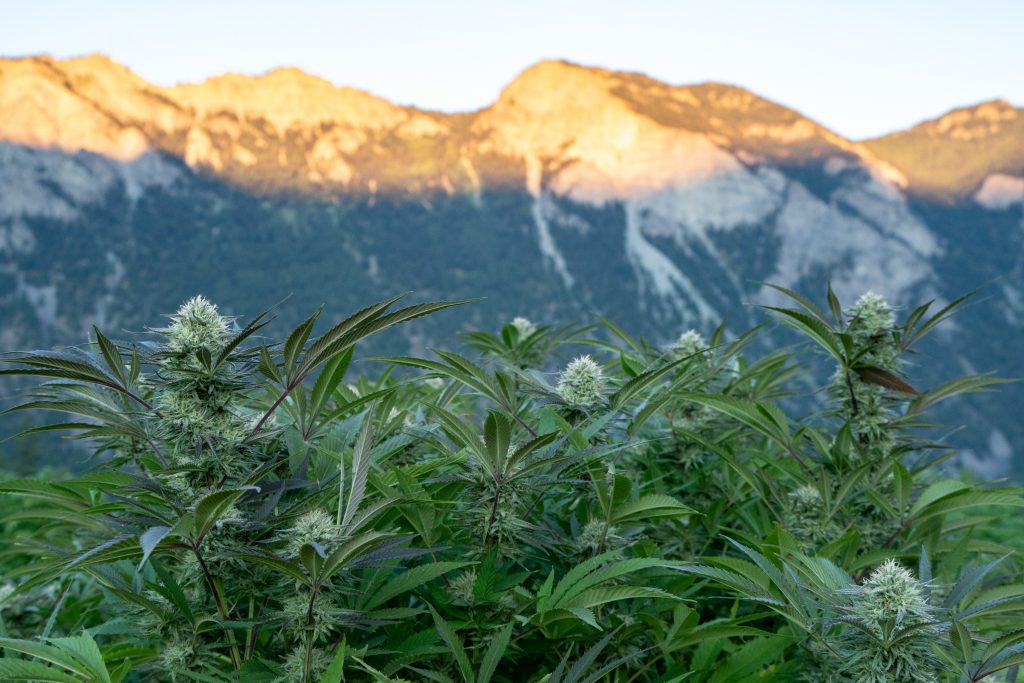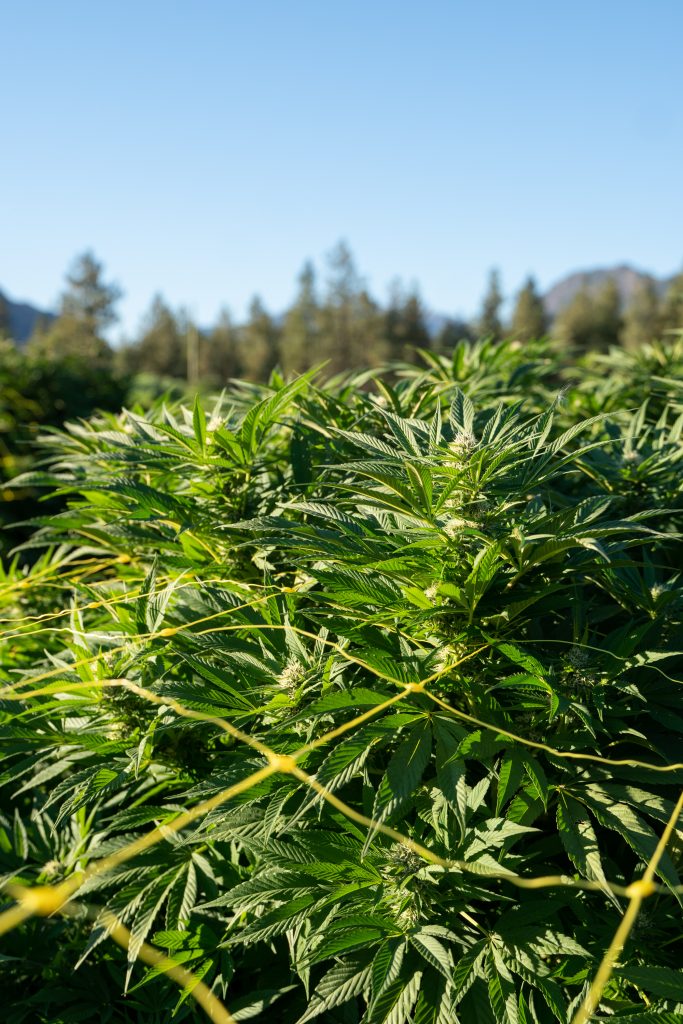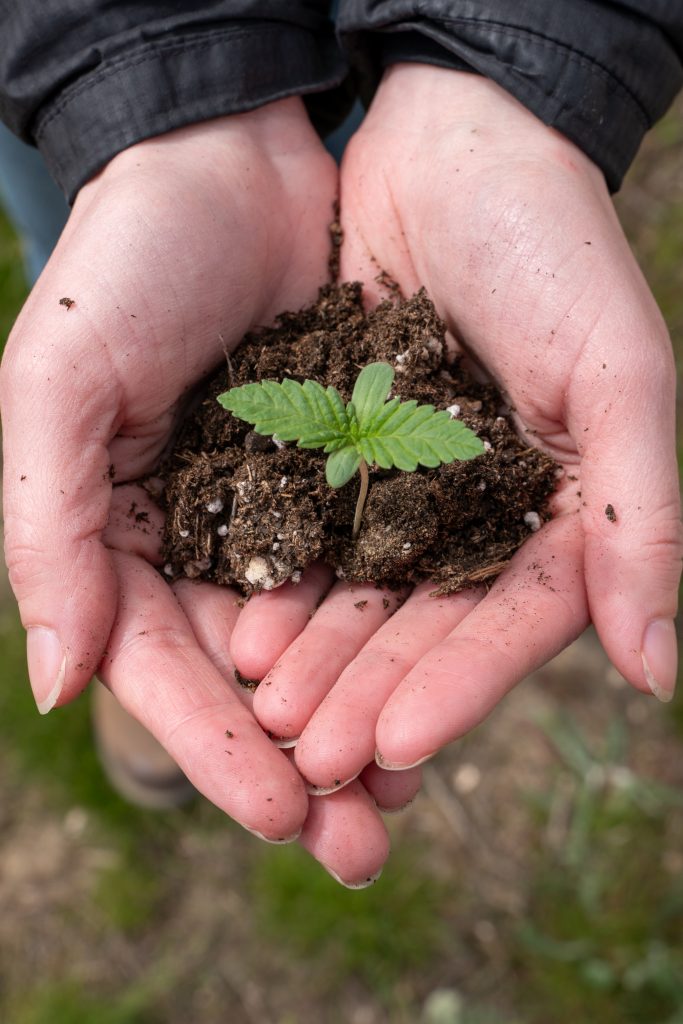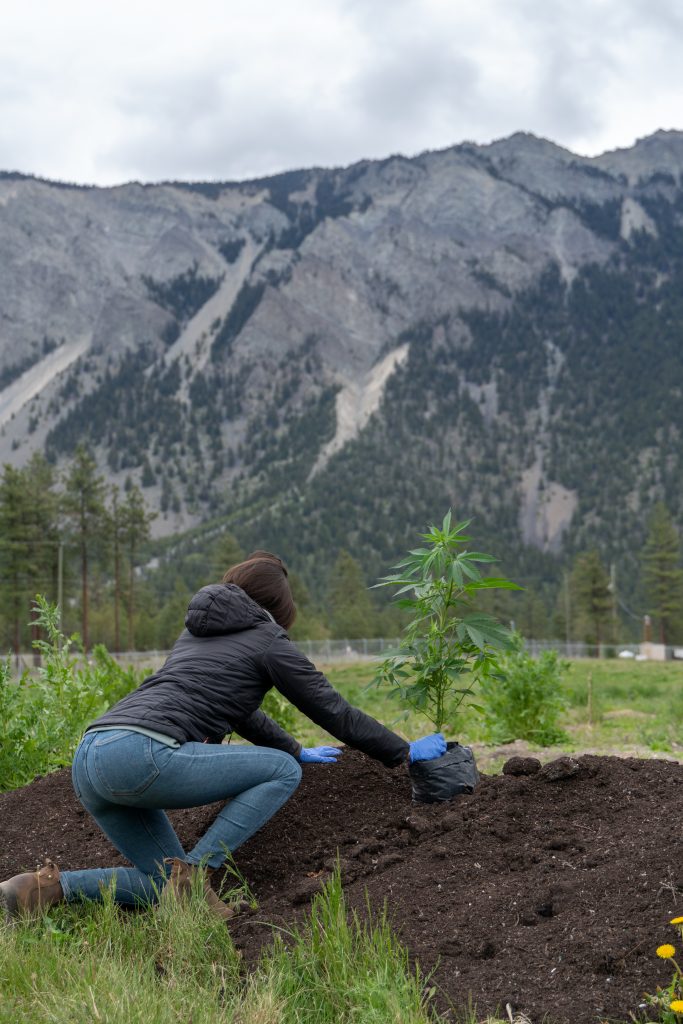As farmers collect their final crops of the year, harvest season comes to an end. But once the cannabis fields are clear, the work is not over quite yet. Prior to closing farm operations for the winter, cultivators must prepare the field for next year’s crop.

An effective post-harvest procedure is the key to achieving a healthy and abundant crop the following year. Cultivators that close down farm operations without planning for next year’s harvest risk falling behind.
It’s not too late to plan for next year’s crop. To help you maximize yields and achieve an efficient harvest next year, we have compiled some best practices for post-harvest clean up, so that you are ready for another season of resin farming come spring.
Waste Disposal
Post-harvest, it is important (and perhaps mandatory) to dispose of all the remaining cannabis biomass on the farm.
To begin, organic waste can be composted. Stems and branches can be shredded using a wood-chipper to expedite decomposition.
With that being said, there is no need to remove root systems from the ground. If pots were used, then the removed root balls can be added to the composter with the rest of the organic waste.
Finally, any plastic ground covers should be removed and disposed of accordingly.
Waste management is an important task to stay on top of to maintain a proper operation.
Cleanup
Once all the organic cannabis waste has been disposed of, it is important to go through the field and do a post-harvest cleanup.
Plant supports, such as trellis netting or stakes, should be either be removed and stored, or disposed of. Re-useable supports should be sanitized prior to storage, so that they are ready for next season.

Next, a final check for tools is a great idea. While often overlooked, this step prolongs the lifespan of farm tools. Winter brings along harsh elements, which can easily damage tools and accessories. The cost of replacing scissors and shovels every year quickly adds up.
Finally, drip irrigation should be cleaned up and stowed away for the season. This a preventative measure that will increase the longevity of the equipment. Some operations may be using single-use irrigation lines, but we prefer a more sustainable option.
Soil Sampling
Once the farm has been thoroughly cleaned and cleared, it is time to start planning for next year.
Soil sampling before the ground freezes is an excellent way to get a head start on spring planning. Soil sampling allows cultivators to begin planning which fertilizers they want to use, as well as the quantities.
This is also a great opportunity to get a head start on next year’s administrative tasks, and order fertilizers ahead of time.

Some operations may opt to fertilize before the ground freezes, but this is location and farm dependant.
Winter cover crops are a great option for those who need to protect the surface of the soil until spring. Unprotected soil surfaces are prone to erosion during heavy rainfall events.

Planting season comes faster than you expect. By getting a head start on next year’s planning, you can spend the summer focusing on the plants, instead of administration and logistics.
By completing these simple steps ahead of time, cultivators are setting a strong foundation for an efficient and abundant harvest next year. Do not underestimate the power of effective planning and preparation. Make sure you have what you need, when you need it.
If you’re harvesting for solventless extraction, be sure to check out our exclusive webinar and blog post from our harvest series.